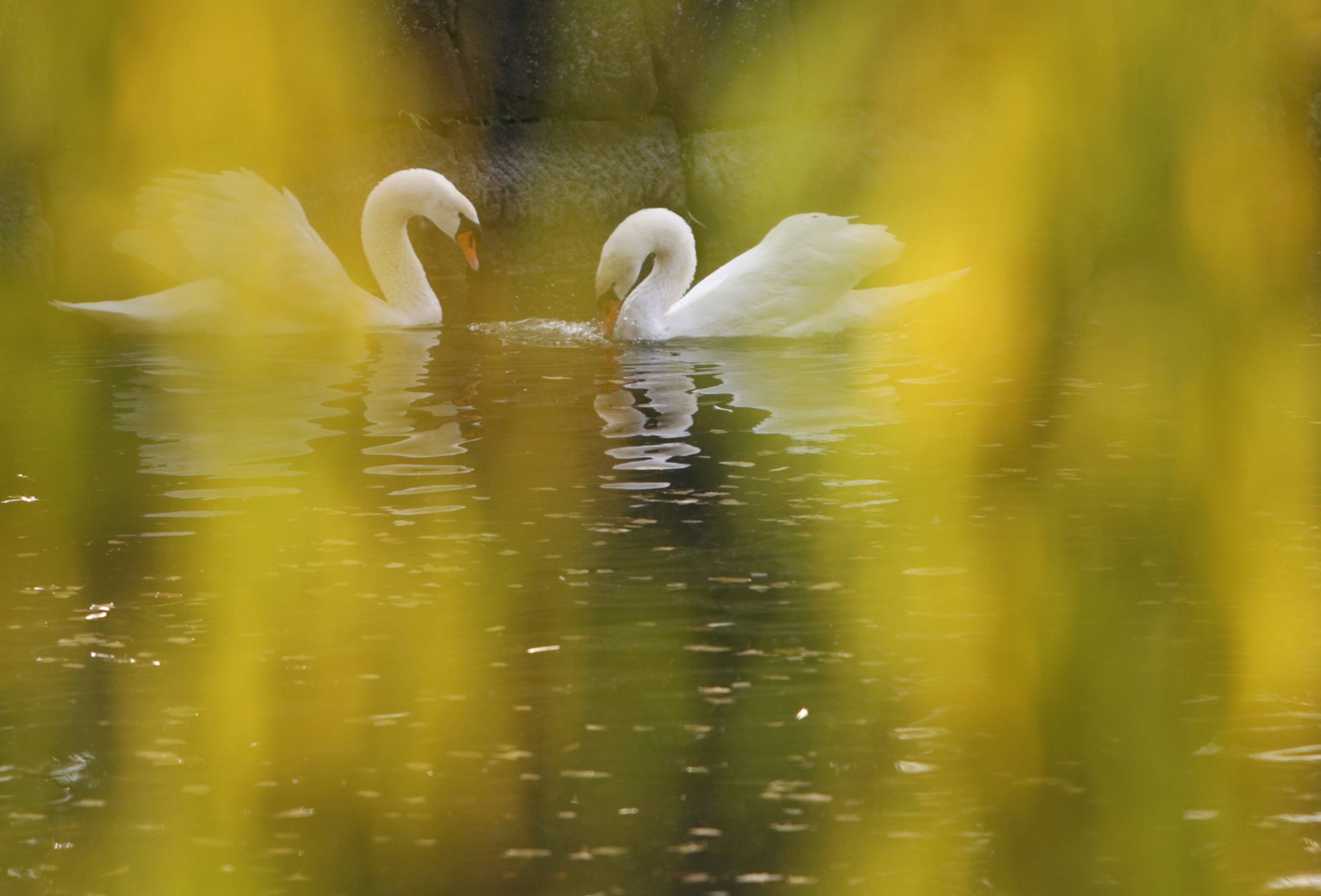It’s not unusual today to find swans on rivers and lakes, splitting their time between pulling up water plants and punishing the unwise with powerful blows of their bony-elbowed wings.
Eleven million years ago, however, swans in what is today called Japan did something unexpected: They took to the oceans. In a paper published this week in The Bulletin of Gunma Museum of Natural History, Japanese paleontologists formally described this family or genus of swans, Annakacygna, which had long, filter-feeding heads, small wings and seriously strange hips — all of which have led the researchers to call it the "ultimate bird.”
The first set of remains of Annakacygna — a nearly articulated skeleton in a stone slab from a riverbed in Gunma Prefecture — were excavated by a Japanese fossil hunter in 2000. After the fossil hunter donated the remains to the Gunma Museum of Natural History, museum director Hasegawa Yoshikazu called in Hiroshige Matsuoka, a paleontologist, to examine them.


















With your current subscription plan you can comment on stories. However, before writing your first comment, please create a display name in the Profile section of your subscriber account page.